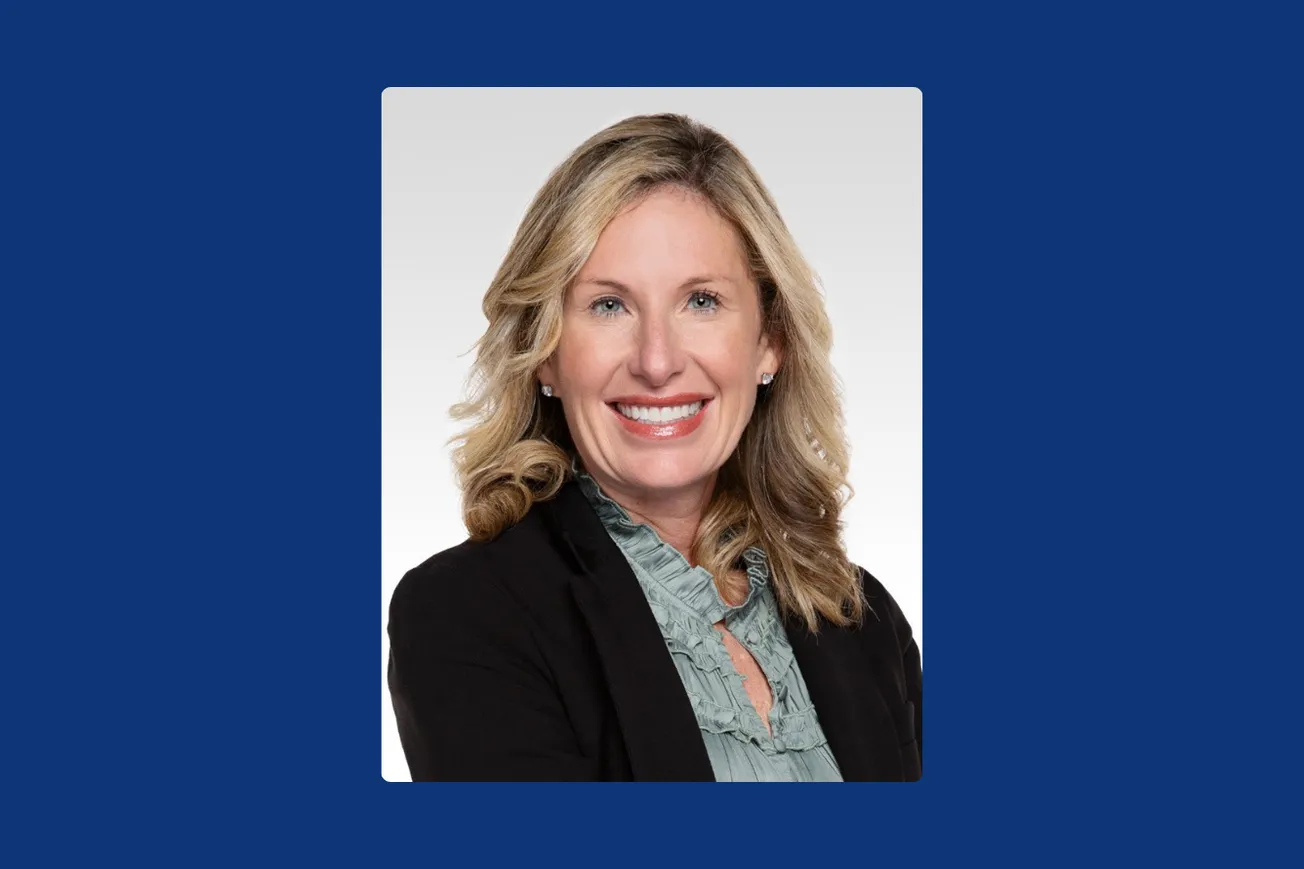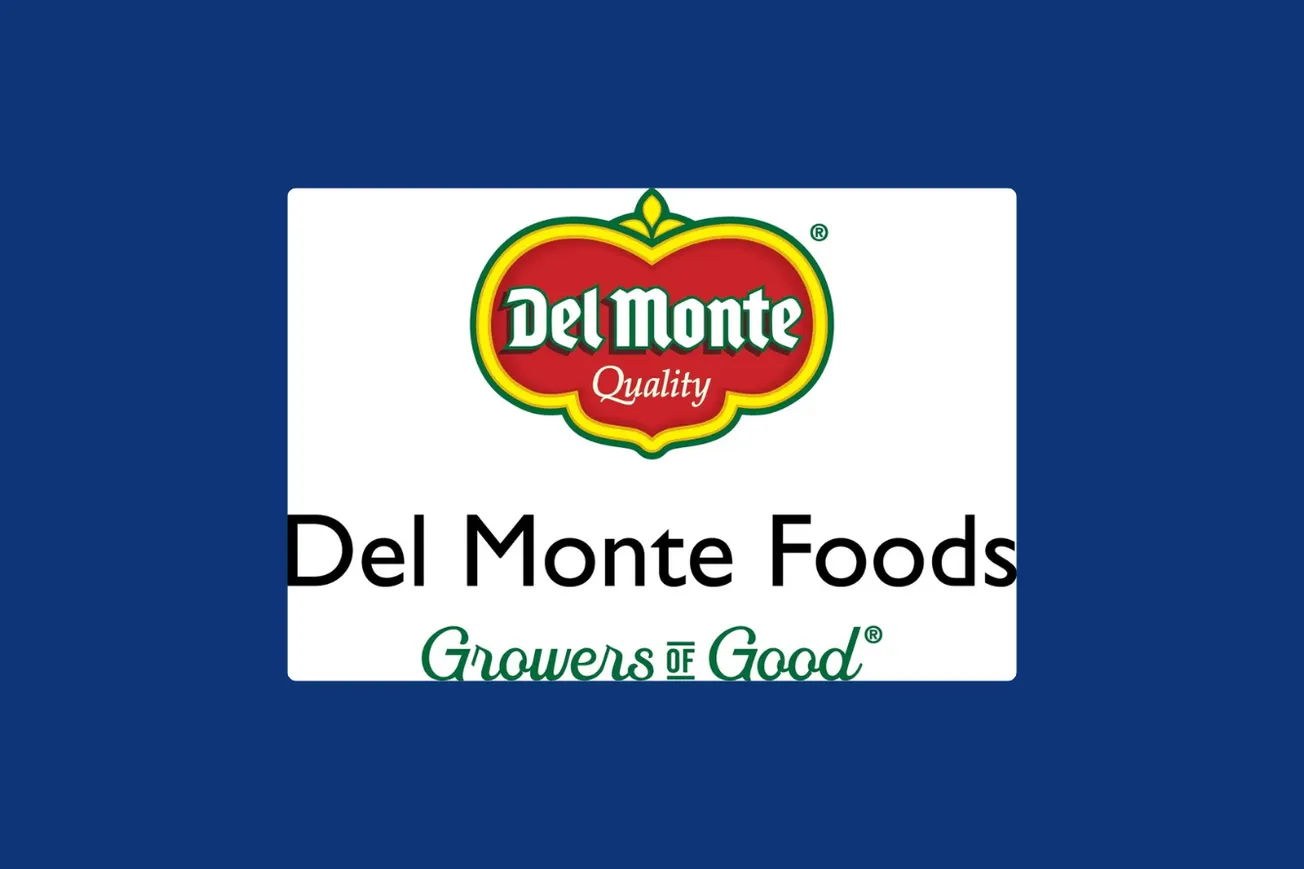ARLINGTON, Va. – Food retailers have stocked nonfood items forever but the channel still accounts for a modest share of their business. Despite the frequent trips shoppers make to the grocery store, sales of health and beauty items, household products, pet care, and other nonfood items collectively account for a mere 8% of grocers’ volume sales, according to Tom Duffy, senior advisor for nonfoods community development at FMI, the Food Industry Association.
Members of the FMI nonfoods community this year have been assiduously collaborating with the association’s trading partners to explore ways to expand and enhance the category in ways that increase nonfood purchases on every trip.
To advance these efforts, FMI has published “The Power of Nonfoods at Retail 2024,” detailing how grocery stores can leverage their nonfoods offerings to tap new growth opportunities.
“When food and nonfoods items are strategically combined, they boost sales and transform the shopping experience to be more engaging and convenient,” Duffy writes in the report. “Seamless integration drives sales and builds customer loyalty, setting the stage for sustained growth.”
One crucial insight for retailers is understanding the power of gateway subcategories within nonfoods to attract shoppers and serve as critical engagement points. Shampoo, seasonal items, over-the-counter medicines and other nonfood subcategories drive foot traffic and encourage repeat purchases. By offering a well-curated selection of nonfoods, food retailers provide customers with a one-stop shopping experience and differentiate their brand, fostering loyalty and opening new revenue streams, FMI says.
Sales data show that shoppers who buy nonfood items spend more on a given trip than those who bypass the center store. In researching the report, FMI says it learned that nonfoods are included in just 25% of grocery trips yet they nearly double the basket value, from $31.90 to $61.48. Categories like home care can boost it to $75 or more.
Another way of thinking about the opportunity is that the 8% of grocers' volume attributed to nonfoods sales accounts for 25% of the retailers' revenue.
Further, while inflation’s effect on grocery prices has suppressed sales volumes, most nonfood product segments have outperformed the rest of the store.
Total nonedible dollar sales in the 12 months to September increased by $6 billion, or 2.4%, from the comparable year-earlier period. The beauty category was a standout, with a year-on-year increase of 3.8%. Sales of health items increased 3.1%, as did sales of pet care products. Tobacco sales declined 5.3%.
Sales were tepid in the miscellaneous general merchandise subcategory, which declined 0.9% overall. Winners within this group include nutrition/weight loss products (up 6.3%), mouth care (up 5%), and household paper, (up 3.2% year on year).
The report shines a light on the pet care subcategory, described as a $29 billion market that’s growing at a rate of 3% a year. More than half of U.S. households have a dog, and about a third have a cat, FMI says. Yet the grocery channel falls short in terms of pet-owner perceptions around product costs and the availability of the merchandise they prefer.
Similarly, food retailers are not getting their share of the market for O-T-C medications for pain relief, colds or allergies. These purchases are mostly made in the mass and retail pharmacy channels, FMI says, with shoppers again citing perceptions of price and value as obstacles that grocers need to overcome if they are to make inroads.
Duffy sees opportunities for food retailers to educate their shoppers. “Nonfood items (at food retailers) are convenient and competitively priced,” he said during a webinar to promote the report’s publication. “Convenience is where grocery is in a prime position.”
Duffy recommends that in-store employees be deployed to “validate and engage shoppers” in ways that can change perceptions around affordability and selection.






